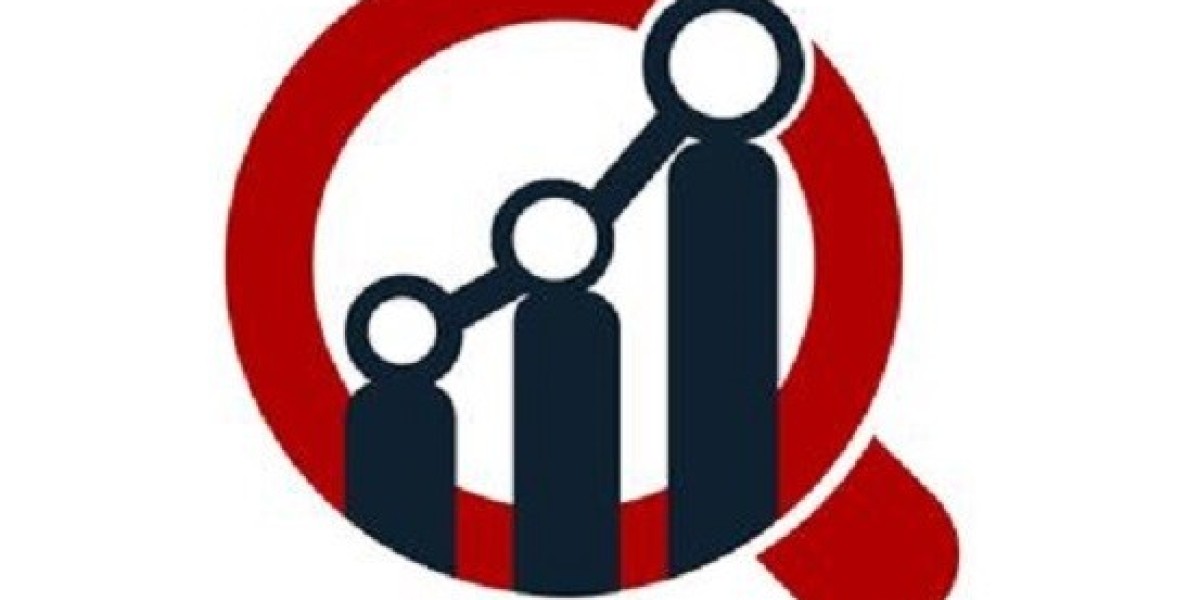Viral Inactivation: The Invisible Shield in Modern Bioprocessing
In a world where viral outbreaks can spark global crises, viral inactivation remains one of the most critical, yet underappreciated, safeguards in medical and biopharmaceutical manufacturing. The viral inactivation market has grown steadily in the background—fortifying everything from vaccines to plasma-derived therapies.
At its core, viral inactivation is about ensuring safety. Whether it's a blood transfusion, a dose of insulin, or a life-saving biologic drug, the patient’s safety depends on eliminating any risk of viral contamination.
Why Viral Inactivation Matters
When biological products are manufactured—especially those derived from human or animal sources—there’s always a risk that viruses might tag along. These can include HIV, hepatitis, or newly emerging pathogens. That’s where viral inactivation steps in, acting like a microscopic firewall that stops these invaders in their tracks.
Methods like solvent/detergent (S/D) treatment, low pH incubation, UV-C irradiation, and pasteurization are widely used to render viruses inactive without compromising the integrity of the final product. It’s a delicate balance between sterilizing the solution and maintaining its therapeutic value.
Beyond Pandemic Preparedness
While COVID-19 drew attention to viral transmission, the concept of viral inactivation extends far beyond just vaccines. It plays a pivotal role in:
Blood plasma fractionation
Monoclonal antibody production
Stem cell therapy development
Gene therapy and recombinant protein production
In essence, viral inactivation is foundational to the biopharmaceutical industry, supporting not just pandemic preparedness but the daily safety of countless therapies.
Quietly Powering a Global Industry
The viral inactivation market has been gaining traction due to several interrelated factors:
Rise in biopharmaceuticals: With an increasing number of biologic therapies under development, safety protocols are scaling up.
Regulatory emphasis: Agencies like the FDA and EMA mandate viral safety validation in drug manufacturing processes.
Growth of plasma-derived products: Treatments for hemophilia, immunodeficiency, and autoimmune disorders rely heavily on safe plasma products.
Global vaccine development: Rapid vaccine production in response to emerging diseases demands high-throughput viral clearance processes.
North America leads in innovation and adoption, but Europe and Asia-Pacific are seeing rising demand due to expanding biologics pipelines and healthcare infrastructure.
Emerging Technologies in Viral Inactivation
Traditionally, chemical and heat-based inactivation methods dominated the scene. However, the industry is now shifting toward next-generation technologies that offer improved efficiency and product stability. These include:
Nanofiltration membranes that physically exclude viruses
High-intensity UV light systems for rapid inactivation
Chromatography-based viral removal solutions
Automated closed-system inactivation equipment
These technologies are essential for preserving the functionality of delicate biologics while maintaining safety standards.
Challenges in the Process
Despite its benefits, viral inactivation comes with a unique set of hurdles:
Complex process integration: The inactivation process must blend seamlessly with upstream and downstream production workflows.
Risk of denaturing biologics: Heat or chemicals can alter or damage the therapeutic molecules.
Validation intensity: Proving the effectiveness of a viral inactivation method is a time- and cost-intensive task, especially in regulated environments.
Manufacturers must walk a fine line between ensuring viral safety and maintaining product efficacy, especially in cell and gene therapies that are highly sensitive to inactivation methods.
The Future of Safe Biomanufacturing
As the biologics landscape evolves, so too will the tools used to ensure their safety. AI-driven process optimization, real-time monitoring systems, and compact inactivation modules will likely become the norm in future cleanrooms.
Additionally, global health concerns—from zoonotic diseases to bloodborne pathogens—will continue to fuel innovation in viral safety measures. Partnerships between biotech firms and regulatory agencies will be crucial in setting the gold standard for inactivation protocols.



